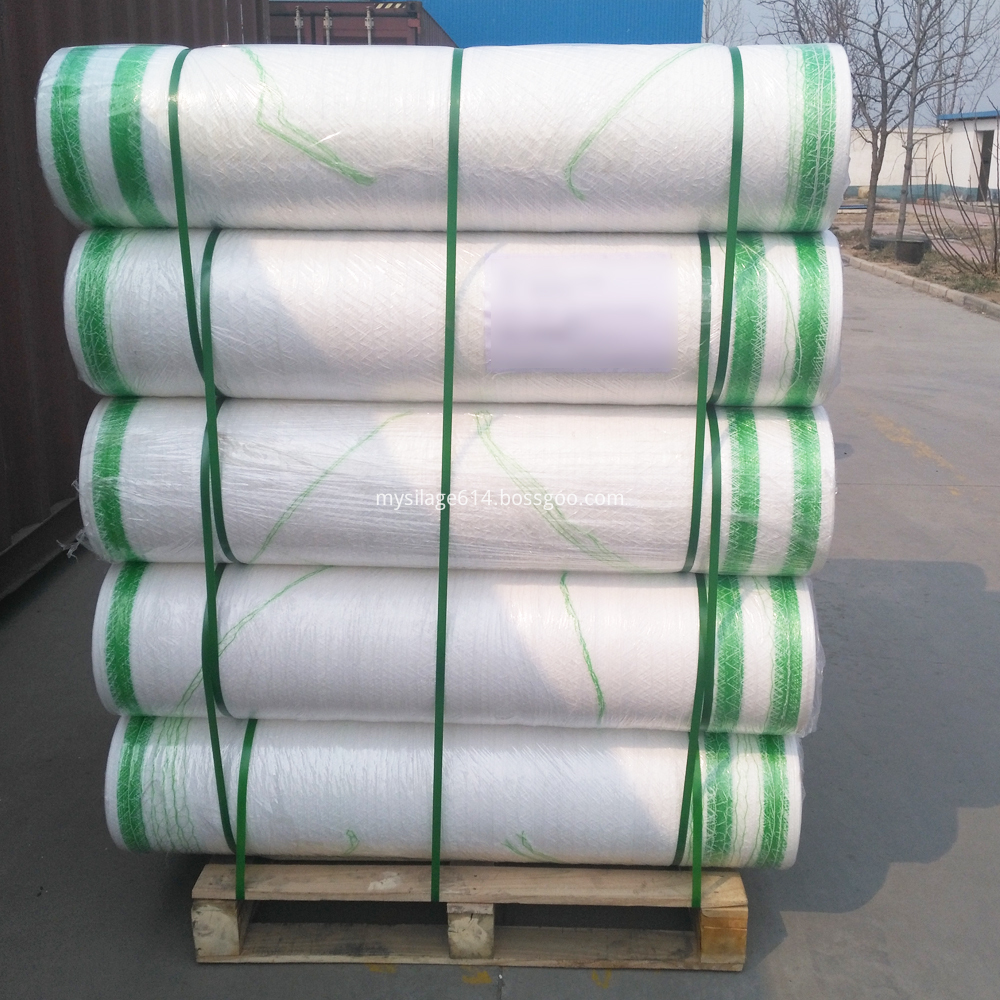Peanut high-yielding requirements are not too long in the medium term, and there is no premature senescence in the later period. The following measures should be taken in field management. The requirements for water and fertilizer are gradually increasing during the next pinning period of water, fertilizer, and Qi Huaiqi Peanut flowering, and it is necessary to pay attention to timely irrigation and irrigation, supplement nutrition, and eliminate drought. When the leaves of the field appear wilting at noon and the sunset is still recovering, it is necessary to adopt a small irrigation ditch in a timely manner to increase the soil moisture and avoid flooding, so as to avoid soil compaction and affect the flowering needles, if the leaves after watering Light yellow chlorosis, can be applied per gram of sulfuric acid 5-10 kilograms or urea 2.5-5 kilograms of superphosphate 10-15 kilograms, potassium phosphate 5-7.5 kilograms, if the leaves are too dense, it is not suitable to topdressing nitrogen fertilizer. , In the flowering period, foliar application of boron and molybdenum. Zinc and other micro-fertilizers have good yield-increasing effects. The spraying concentration of trace fertilizer was: 0.2-0.3% borax 0.1% ammonium molybdate and 0.2% zinc sulfate. Spraying can be sprayed or mixed as required, and it is usually sprayed twice. The cultivator soil has a warming and anti-spasmodic effect. The effect of promoting the development of fruit needles into the soil and fruit development is generally carried out in two stages. The first flowering period is combined with the last cultivator. The height of the soil is 5-7 cm. It is limited to non-buried branches and reaches the height of the soil. , After 10 days, the second earthing is performed, and the earth is 8-12 cm high. Controlling tree growth, fruit growth, stable growth, and long pod period are the most prosperous periods of peanut growth, and also the peak season for fertilizer and fertilizer. Insufficient water and fertilizer will affect the plant growth process and full fruit filling. However, the foundation of soil fertility and the attack of fertilizer and water at the flowering stage can also cause the plants to grow too long and seal the line prematurely, resulting in the closure of the field, the decrease of the leaf area, the high hanging of the needle and the lack of needles and lack of fruit. Therefore, when the average length of the first pair of lateral branches 8-10 is greater than 10 cm in the main stem up to 35-40 cm 30-50 days after the initial flowering, chemical treatment agents such as B9 should be sprayed in time to control the growth. To ensure that the stems grow long and promote the results. Generally 0.1% and per acre. B9 solution 50 kg, evenly sprayed on the upper leaves of peanuts. After foliar spraying, the root absorption capacity of peanuts weakened, and the main nutrients of stems and leaves were insufficient. The leaves at the base of stems gradually fell off. Before harvest, there were only 4 to 6 parietal lobes per stem, which was maintained. Whole plant vigor, the basis for photosynthesis In order to enhance the leaf vigor and extend the functional period, the foliar fertilizer should be sprayed from the later stage of the results and sprayed once every 7-10 days for a total of 2-3 sprays. Each time, 500 grams of urea per acre, 100 grams of potassium dihydrogen phosphate, and 50 kg of water are diluted and sprayed evenly. Timely irrigation and fruit filling In the full fruit ripening period, the water consumption of the plant is drastically reduced, and the water absorption capacity of the roots is weakened. If too much autumn rain causes poor drainage, it will cause root rot, stem blight, fruit loss rate and soil air. Suffocation caused rotten fruit disease. Therefore, we must pay attention to clearing the ditch in time, remove the water, and eliminate waterlogging. In addition, the water consumption of the plant during this period is small, but when it encounters drought, the root system is prone to decay, which causes the parietal lobe to fall off, and the stem branch also immediately declines, resulting in reduced production. Therefore, it is still necessary to conduct timely furrow irrigation to fill the fruit and water in order to preserve the roots, protect the leaves, maintain the vitality of the leaves, increase the fruit-filling rate, and ensure high yields and stable yields. Prevention and control of pests and diseases in the middle and late stages of peanut harvest mainly includes leaf spot, rust, cotton bollworm, aphids, cockroaches and other pests and diseases. Prevention and control should be strengthened. For leaf spot, the initial flowering period should be based on the condition of the disease, spraying once every 10-15 days, even spraying 3-4 times; on rust, when the diseased plant is seen, the drug is applied, spraying once every 10-15 days, Even spray 2-3 times. Commonly used agents: 70% thiophanate-methyl WP 1500 times, 75% chlorothalonil WP 600 times, 20% Green Milk Emulsion 30% Green Defence EC 500-600 times. For pests, it should be based on early treatment and treatment to reduce harm.
Knitting Woven bale wrap netting can be also made into width 1.3m, length can be 2000m,3000m,3600m, etc.
The Bale Wrap netting must be strong enough during the bale processing, no broken or fracture.
As the silage bale usually be stacked outdoor, the bale wrap netting should also be UV-resistance, ageing resistance.
grass bale wrap net, woven wrap net for farm, round roll bale netting Zibo Maoyang Industry and Trading Co.,ltd , http://www.mysilage.com
